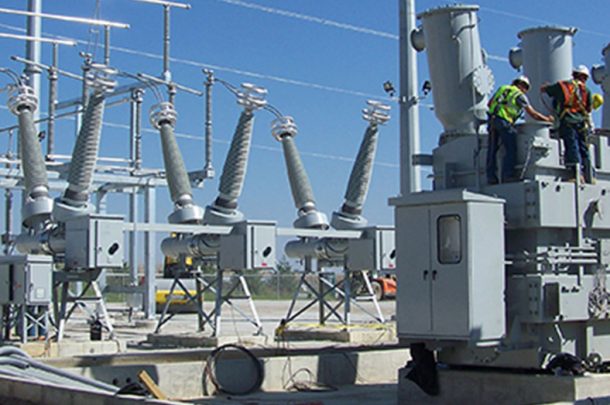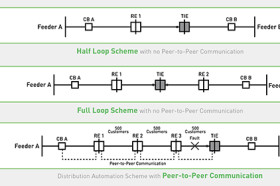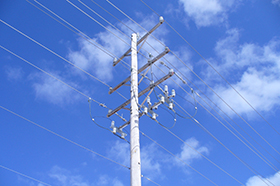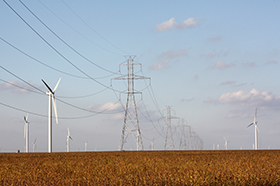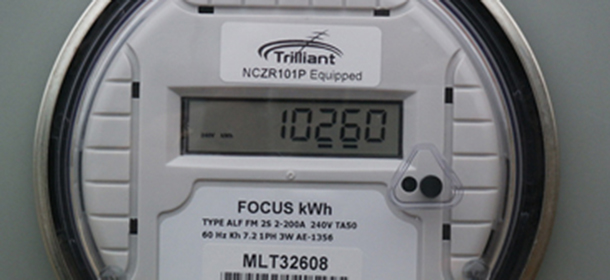
A smart grid is a modernized electrical grid that uses information and communications technology to gather and act on information. This information includes behaviors of suppliers and consumers, in an automated fashion to improve the efficiency, reliability, economics, and sustainability of the production and distribution of electricity. This article will discuss specifically consumer-end or “After the meter” Smart Grid benefits and tries to explain the much asked question, “What is Smart Grid?” for a consumer. It is important to note that the pace and adoption of Smart Grid still varies region to region. Currently, Smart Grid federal stimulus investments are highest in China followed by USA. One of the most important devices for both a utility and a consumer is the Advanced Meter Infrastructure or AMI meter (see image: Smart Meter). Currently ComEd, a Chicago-based electric utility, has deployed over 128,000 Smart Meters in their Chicago-land area. Nationally this number is much higher as in 2011, 493 U.S. electric utilities had 37,290,374 advanced (“smart”) metering infrastructure (AMI) installations (see Google map). The Smart Meter implements a real-time based power output which the consumer could use to read and make better decisions on energy usage. In addition to making smarter decisions regarding energy usage, there are many other benefits to the AMI Smart Meter including:
- Remote meter reading: Utilities can read smart meters remotely, virtually eliminating the need to go from house to house to read electric meters – which means fewer trucks on the road.
- Smoother transactions: Remote connection and disconnection of electric service should reduce the time it takes to process service orders for most homes.
- Time-based pricing: Currently customers pay a fixed rate for kWh and KW/month; however smart grid gives the consumer the option of setting their threshold and adjusting their usage to take advantage of changing prices. Generally, peak time pricing (5pm-7pm) will be much higher than off peak pricing.
- Automated outage notification: Smart meters will automatically notify the Central Control System about power outages to help restore power more quickly.
- Energy efficiency and savings: Consumers will be able to see their electric usage history in near-real-time to better manage energy costs by making small changes such as adjusting the thermostat.
- New products and services: Retail Electric Providers, who sell electricity, can now offer new, innovative products and services.
For a better understanding on the AMI meter communication process, view image.
Additional Benefits – Consumer Participation
The current transmission grid offers little or no consumer participation (i.e. consumers use power and pay for it at a fixed price). They have no ability to “sell back” electricity to the utilities. Consumers are not aware of real time expenditure at any particular moment in time and only receive their accumulated expenditure after a month.
Smart Grid attempts to facilitate savings in the consumer expenditure by incorporating consumer equipment as well as behavior in grid design and communication. The “smart appliances” and intelligent devices (AMI meters) are installed in homes or businesses, which enable the consumer to better control the interconnecting energy management systems in their homes/buildings. This control over the energy usage creates better management of energy usage and overall reduces energy costs. Essentially it works on the principle that if the consumer can see real-time information on the amount of electricity being consumed by their devices; they will be encouraged to switch them off and make energy cost savings. The real-time two-way communications with utilities will enable consumers to “sell energy back” to the grid through net metering. Under the net metering system, a system owner will receive retail credit for a portion of the electricity they generate. However, in order for the consumer to participate in the net metering system, they will have to own a renewable facility such as a residential wind turbine or solar panels.
How to integrate the Smart Home with the Smart Grid
After implementing successful Smart Grids utilities can have consumers run a “Smart” business/home. Electricity consumers in the future, will most likely be more energy conscious and will have different tools available notifying them of when their electricity usage is over the limit. It is very important that we stabilize the amount of electric capacity growth around the world. This can only be accomplished with the help of the electric consumer. If consumers are more conscious of their electricity usage they can help lower their overall electricity costs, which in turn helps make it easier for utilities to plan in the future. With more capacity on the system, electricity usage will be effectively stabilized and won’t grow as rapidly as we have seen in past years. This process will help utilities since the growth of electric usage will lessen and peaks will become less of a daunting event. Reduced peak period demand also translates to lower electricity costs for the consumer since growth requirements will be minimal.
Current Investment Strategy
There are approximately 300,000 miles of transmission line in the U.S., but only 668 miles have been built since 2000. This is less than half of a percent of transmission line built in a decade!
There are new investments from the current Washington administration that could revitalize the U.S.’s aging electric grid. On October 26, 2009 President Obama announced a $3.4 billion grant for Smart Grid modernization – the nation’s largest such investment to date, funded under the American Reinvestment and Recovery Act which went to support 100 projects. According to White House statements, the funding will support the installation of 2.5 million smart meters to help consumers monitor their energy use, as well as 200,000 smart transformers and 700 automated substations to improve reliability and reduce the number and duration of service interruptions. Different utilities have different pricing and processes for setting up a residential Smart Meter. Call your electric utility today to find out how to acquire a Smart Meter for your home. For more information and project specifics for different regions of the U.S. please visit www.smartgrid.gov.
Sources:
- Lexington Institute, Energy Regulation Trendwatch, November 2009
- University of Illinois, Information Trust Institute, Trustworthy Cyber Infrastructure for the Power Grid, 2010
- U.S. Department of Homeland Security, Homeland Security Newswire, Smart-grid question The Brief, October 2009
- National Institute of Technology and Standard, Office of the National Coordinator for Smart Grid Interoperability, NIST Framework and Roadmap for Smart Grid Interoperability Standards, Release 1.0*, January 2010
- National Public Radio, Special Series: PowerHungry, Reinventing The U.S. Electric Grid, April 2009
- CenterPoint Energy, Consumer Benefits of Smart Meters, 2010
- MeRegio, Our Vision Smart Grids, 2010
- European Commission, Strategic Energy Technology Plan Information System (SETIS), Results on Smart Grids, 2009
- Yale University, environment 360, e360 digest, February 2010
- Business Week, Bloomberg, Japan Needs $56 Billion Smart Grid If Law Passes, March 2010
- Reuters, Britain to shift to smart grid, meter system, December 2009





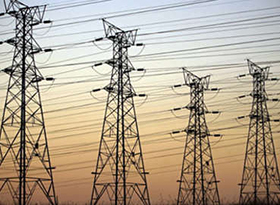
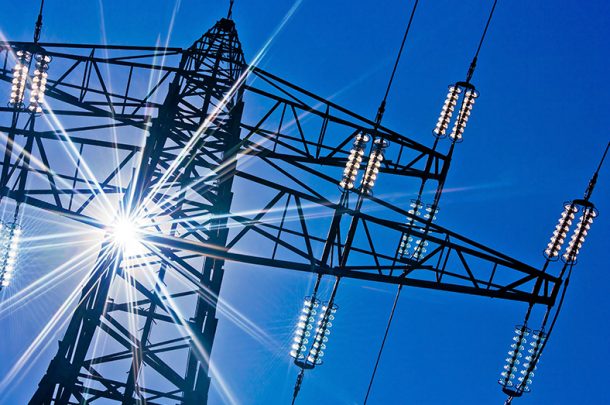
 Smart Grid - Where are we?
Smart Grid - Where are we? 
